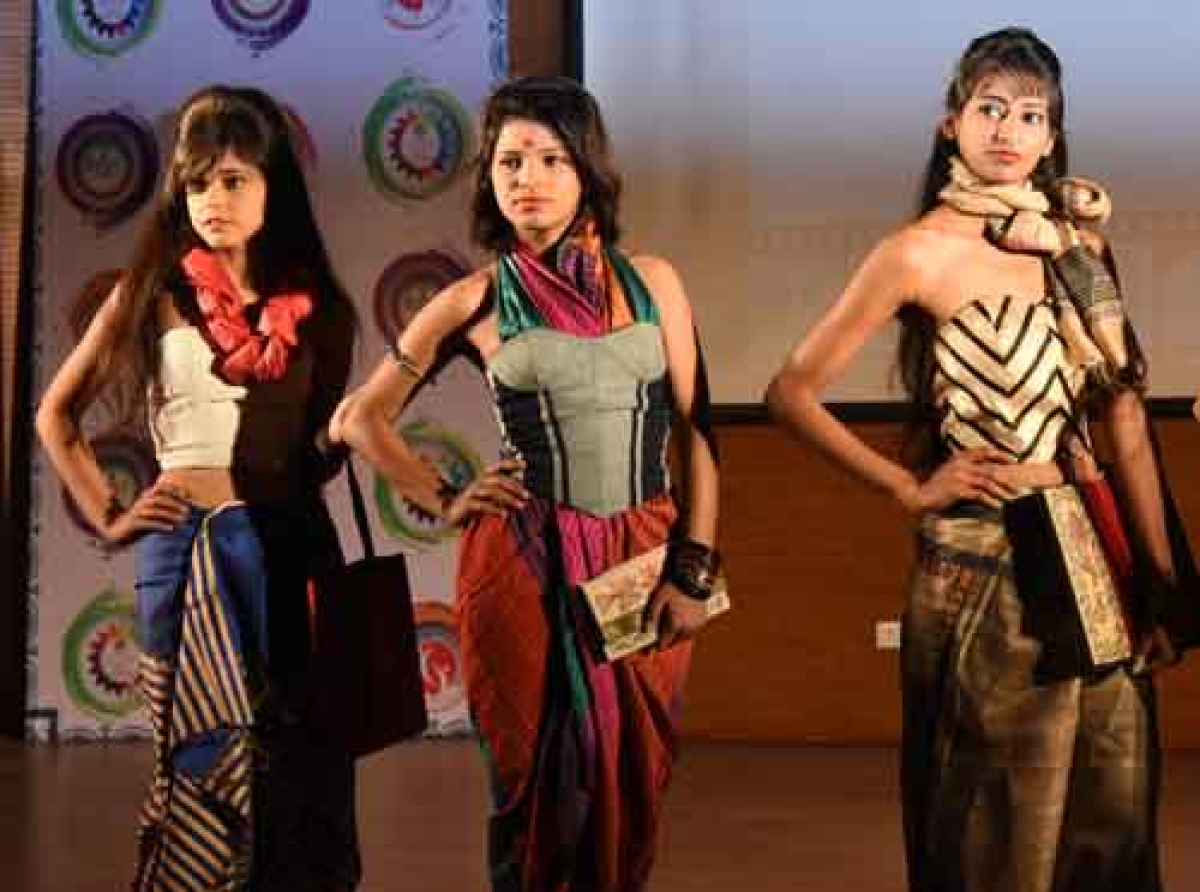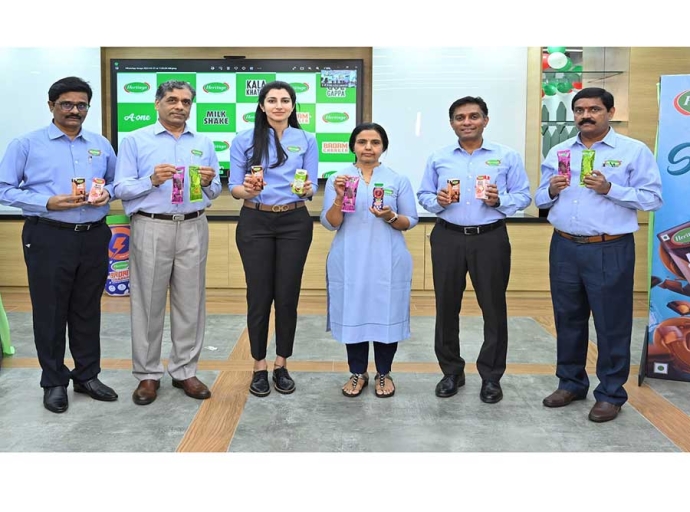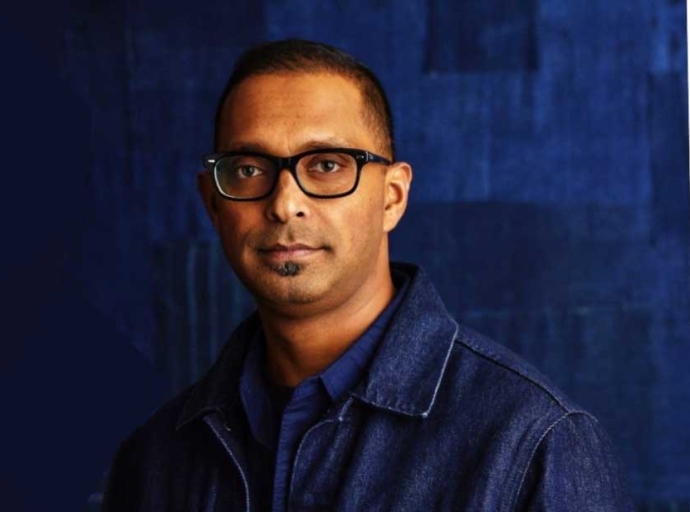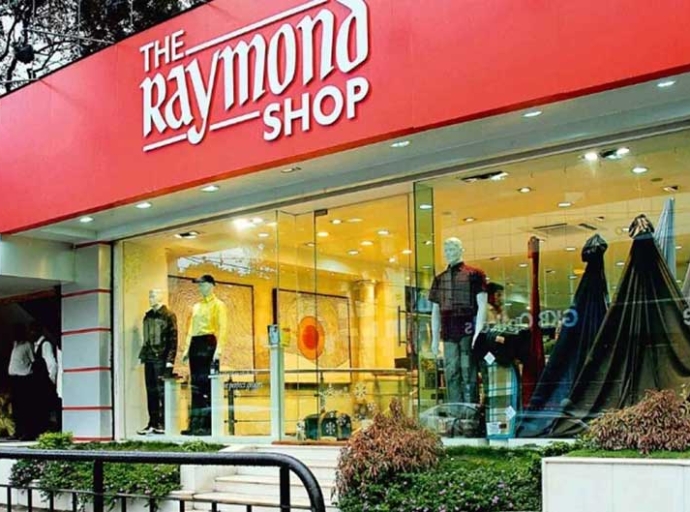Tier II, III cities emerging as an enormous market for fashion brands

27 July 2023, Mumbai
Once the privilege of India’s Tier I cities, fashion is playing out well in the surge of Tier II cities across the country.
There was a time when Tier II city consumers planned their shopping extravaganzas during their sojourn to metros or Tier I cities but the scenario has changed.
Thanks to the expanding commercial retail sector and e-commerce, Tier II cities offer just as much business. Malls, high streets, fashion launches, and events, the erstwhile hubs of glamour in metros are now in Tier II cities like Goa, Jaipur, Vadodara, Thane, Coimbatore, and Chandigarh.
Indian fashion playing to extended galleries
The local fashion sector has finally been able to spread its wings that were previously tethered to metros and Tier I cities. And happy they are as an enormous population of young aspirants of the good life with higher disposable incomes than their previous generations comes into play in these towns.
While Indian ethnic wear still holds strong due to its legacy and a certain degree of societal acceptance, fusion wear, western wear, and contemporary styles are also doing well. And big brands have been quick to realize where the business lies.
Staggering growth
Having seen the emerging Indian fashion scene, UNIQLO, the Japanese global apparel retailer, launched its first Indian outlet in October 2019 in Delhi, and two years later, stores came up in Lucknow, Chandigarh, and Zikarpur in Punjab.
As per a KPMG report published in collaboration with Facebook India in 2022, the fashion market in Tier II cities is growing at a staggering 12-14 percent annually. One of the key factors driving the fashion boom in these cities is the expansion of organised retail and the establishment of shopping malls.
Unfolding fashion story
The report also states mobile influence on fashion retail is set to soar by 2022. Seven in 10 fashion accessory purchases in 2022 will be mobile-influenced, nearly half of which will be driven by Facebook, amounting to a $110 billion sales opportunity by 2022.
The report also stated, due to increased urbanization and per-capita income, demand for fashion will increase not only in Tier I cities but also in Tier II, and III cities.
Retail landscape
Both online shopping platforms and mobile networks are covering more and more rural areas and this will unlock a large section of the market.
The report concluded fashion brands need to adapt to changing retail landscape in India in order to tap into this potential income.
ICRA has stated India’s fashion retail entities are poised to grow by 45 percent year-on-year in FY 2023 and Tier II and III cities will play a key role in this growth.
E-commerce spearheads the perception change
If social media, local influencers, and digital-savvy fashion brands hungry to explore new territories started the change of perception in clothing and styling within communities across India’s landscape dotted with Tier II, and III cities then local fashion events showcasing the latest trends in beauty and fashion and booming e-commerce brought change the ground.
With the rise of online shopping platforms and increased accessibility of smartphones and the internet, fashion-conscious individuals in these cities now have access to a wide array of trendy clothing and accessories. As RedSeer Consulting report says, online fashion market in Tier II cities is projected to reach $7-9 billion by 2023.
Brightspot
As India shines moves towards emerging as the fifth largest world economy, could fashion imprinting itself across the country be far behind?
Today, the Tier II, and III cities have not only extended the market for established labels but also given rise to many aspiring fashion brands and designers who can carve their own customer base.
Latest Publications

































